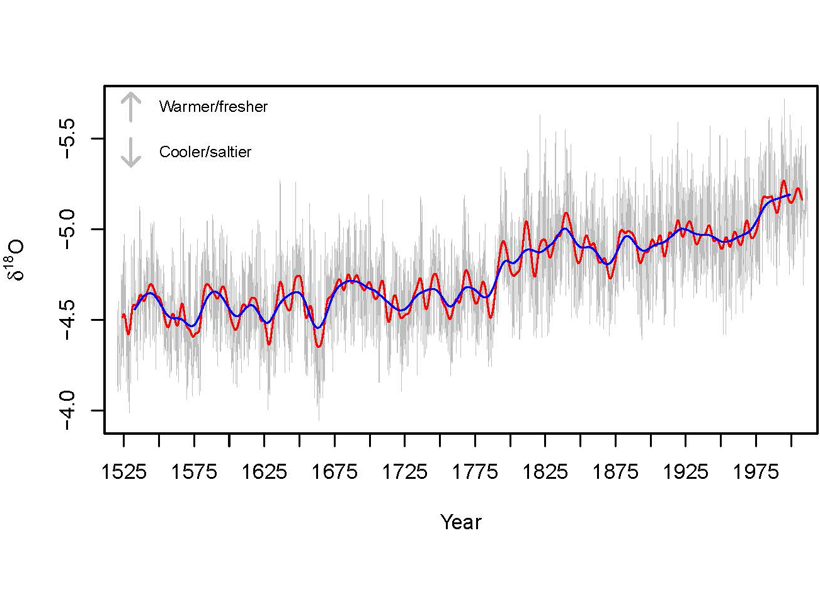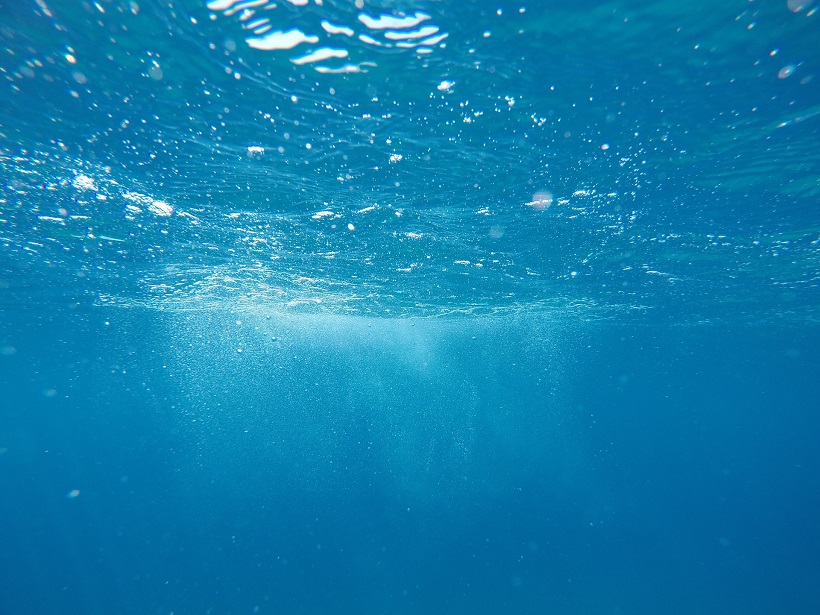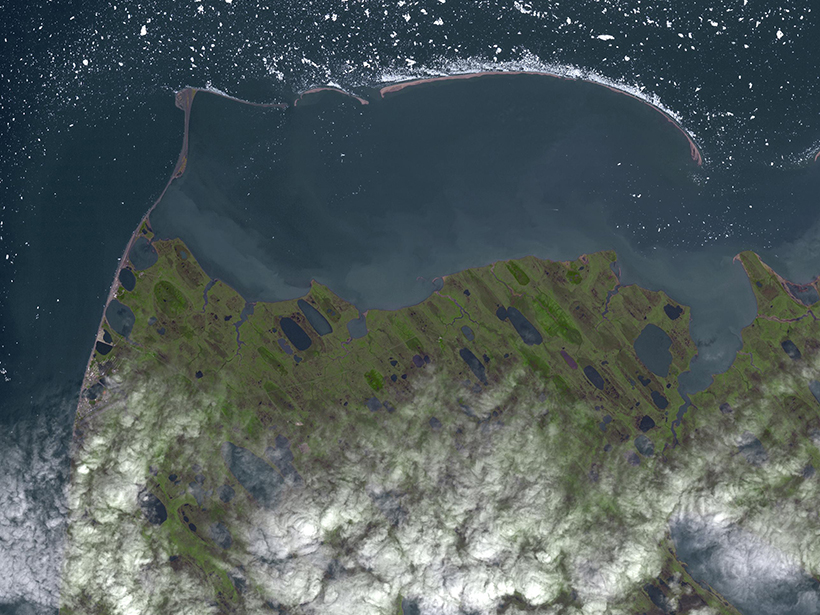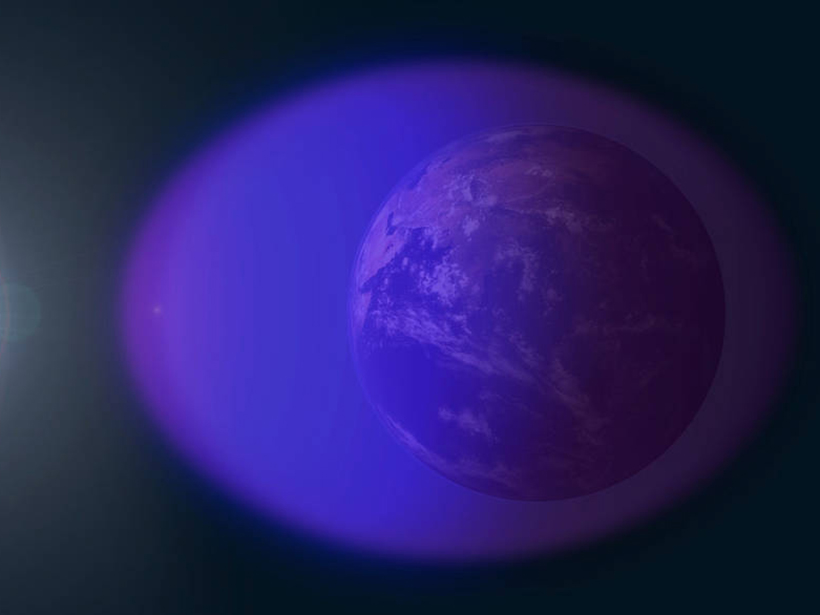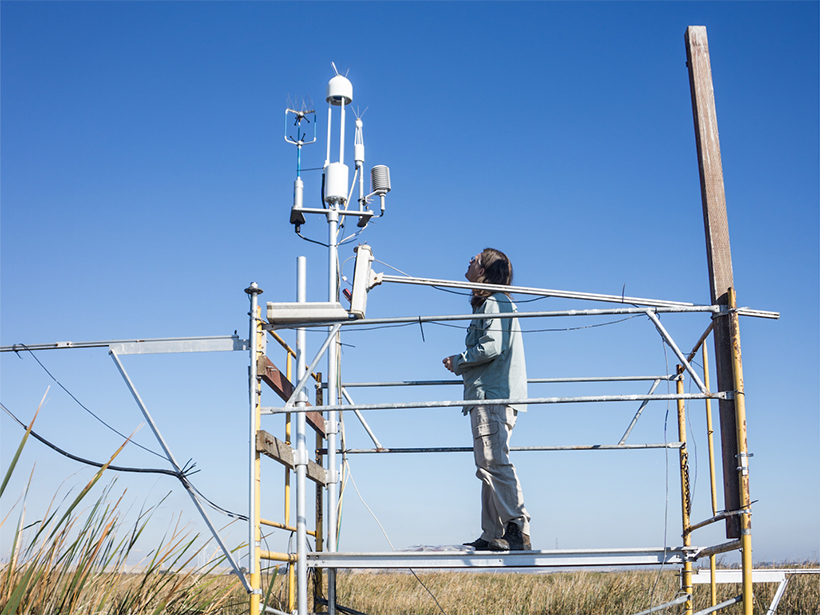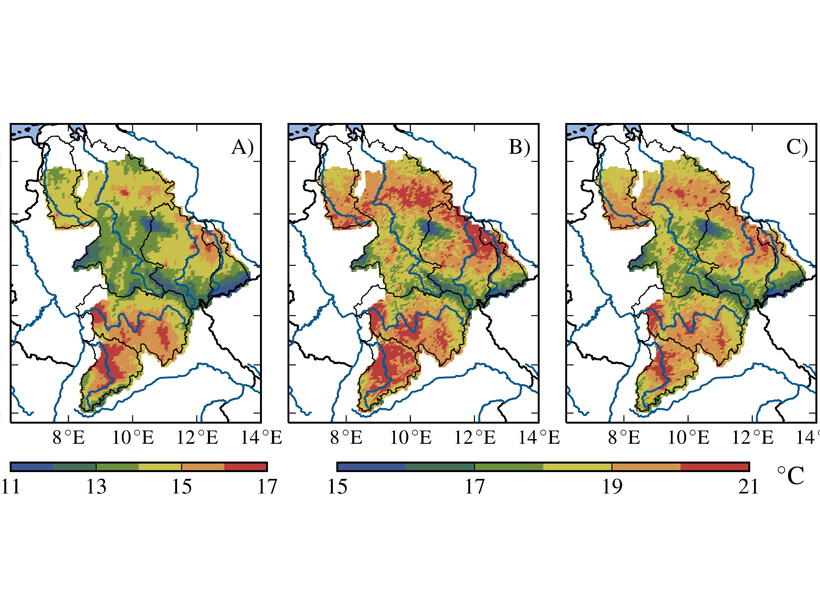Samoan corals record how patterns of warm/cool and more/less salty in the equatorial Pacific changed in space and time over the last 500 years.
temperature
New Definition of Potential Spicity by the Least Square Method
A thermodynamic function of the potential spicity is defined and it is orthogonal to the potential density in the least square sense.
Potential Spicity: From Abstract Theory to Practical Application
A method for estimating potential spicity, a thermodynamic variable in oceanography, provides a new way to describe contrasts in watermass properties.
Yellow Detritus in the Oceans May Help Reduce Warming
Dissolved organic matter in the oceans absorbs light near the water’s surface, leading to cooler waters that may help mitigate regional climate warming.
Autumn Warming No Longer Accelerating Carbon Loss in the North
An analysis of Point Barrow’s 40-year record points to the importance of calculating the carbon cycle’s response to temperature during the northern latitudes’ non-growing season.
Dramatic Stratospheric Warmings Carved a Hole in the Ionosphere
A new study of sudden temperature spikes in Earth’s stratosphere could improve space weather forecasting.
How Hot Is Europa? Now There’s a Map for That
The new global map of Europa’s surface heat also highlighted one spot on the moon that is inexplicably cold.
New Modeling Framework Improves Radiative Feedback Estimates
A new approach offers insights into the relationship between surface temperature and top-of-atmosphere energy imbalances and improves the understanding of important climate feedbacks.
Restored Wetlands Could Lower Local Surface Temperatures
A 3-year study of wetlands and cropland in a major California delta highlights the need to consider the physical effects of vegetation when planning land use changes.
Calibrating Hydrological Models by Satellite
Hydrological models are usually calibrated using observations of streamflow, but a new method uses remotely sensed land surface temperature for this purpose.

